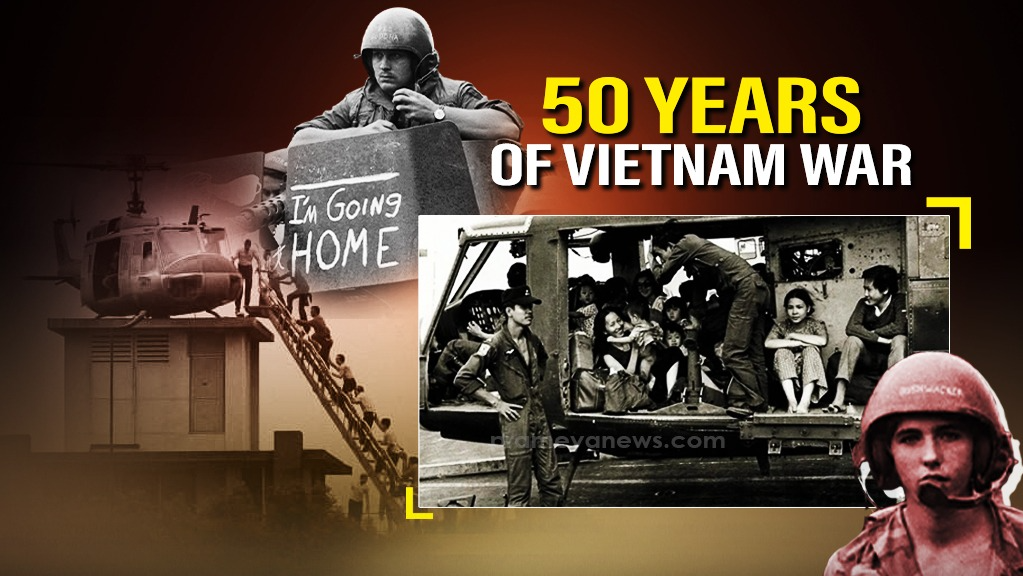

Scars of the Vietnam War - (1955-1975)
Fifty years have passed since the official end of the Vietnam War in 1975, yet the conflict continues to cast a long and profound shadow over both Vietnam and the United States. This brutal war, spanning two decades from 1955, resulted in great loss of life, widespread injury, and mass displacement. The war left lasting mental scars and physical damage from bombs and chemicals, deeply affecting generations and how people in both countries felt about their nation.
The History
The war's origins lie in Vietnam's colonial past and the subsequent Cold War dynamics. Vietnam was part of French Indochina from the mid-19th century until World War II, during which Japan occupied the territory. Nationalist leader Ho Chi Minh led forces, known collectively as the Viet Cong, against the Japanese. After WWII, France attempted to reassert control, sparking the First Indochina War (1946-1954), with the US backing France.
The 1954 Geneva Accords ended French rule but temporarily partitioned Vietnam into a communist North, led by Ho Chi Minh, and an anti-communist South. Nationwide elections intended to unify the country were never held, largely due to opposition from South Vietnam's leader, Ngo Dinh Diem, and his US backers, who feared a communist victory – a fear acknowledged even by US President Eisenhower. This division solidified as Cold War tensions permeated Southeast Asia. Diem's rule in the South, though anti-communist, lacked popular support, particularly among the Buddhist majority, and relied heavily on US military and economic aid.
US Involvement
The US viewed Vietnam through the lens of the Cold War 'domino theory,' fearing that a communist victory in Vietnam would lead to neighboring countries falling under Soviet or Chinese influence. Initial involvement under President Eisenhower consisted of financial aid and military advisors. President Kennedy significantly increased the number of advisors but stopped short of committing ground troops.
The situation escalated dramatically under President Lyndon Johnson. Following the disputed Gulf of Tonkin incident in 1964, the US Congress granted Johnson broad authority to increase military action. US ground troops were deployed in 1965, with troop levels peaking at over 543,000 by 1969. However, mounting casualties and the bloody Tet Offensive in 1968 eroded public support for the war and Johnson's presidency. His successor, Richard Nixon, promised withdrawal but presided over a period with even higher US casualties before a peace agreement led to formal US withdrawal in 1975.
Consequences
The war's toll was immense and lasting:
Fifty years after its conclusion, the Vietnam War remains a stark reminder of the devastating human, environmental, and political costs of prolonged conflict fueled by ideology and geopolitical rivalry. For Vietnam, the war left deep physical and societal wounds that took decades to begin healing. For the United States, it resulted in significant loss of life, lasting psychological trauma for veterans, and a fundamental erosion of public trust that reshaped its domestic politics and foreign policy outlook. The enduring legacy for both nations underscores the profound and far-reaching consequences of the conflict.